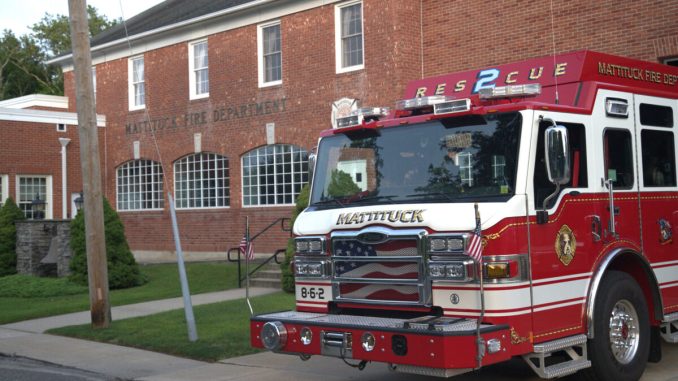
The Occupational Safety and Health Administration (OSHA) has posted a 100-word summary explaining the need for its recently updated standards for local fire departments and emergency response units: “OSHA is proposing a new rule to protect emergency responders, called Emergency Response. OSHA’s current Fire Brigades standard, 29 CFR 1910.156, provides protection specifically to industrial or private firefighters but no other types of emergency responders.
“It was published in 1980 and has not been updated with subsequent improvements in personal protective clothing and equipment or advances in safety and health practices. OSHA proposes to replace the existing [rules] with the new Emergency Response standard. The new rule would provide updated health and safety protections for firefighters, emergency medical service providers, and technical search and rescuers.”
Elements of emergency responder health and safety are currently regulated under a number of hazard-specific standards and by state regulations in states with OSHA-approved state plan programs, such as New York. These standards have not been updated since 1980, and do not reflect advances in both equipment and technique, according to the OSHA website.
Notably, the current OSHA standards do not align with the Department of Homeland Security’s National Incident Management System (NIMS), which guides all levels of government, nongovernmental organizations and the private sector in working together to deal with emergency incidents.
Eugene Perry, president of the Firefighters Association of the State of New York, said the proposed regulations are too broad and do not take into consideration the nuances of running a volunteer department. “OSHA rewrote this document and didn’t really consult the volunteer fire departments,” he said. “FASNY is not against safety and training for volunteer firefighters at all. Our mission is training, information and education. So we need a standard that’s economically feasible to the volunteer fire service, as well as giving us the training that we need.” According to Mr. Perry, OSHA has gone much more broadly with this standard. The new regulations incorporate many of the National Fire Protection Association’s standards, including changes to the physical exam requirements that will increase the cost from an average of $300 to $1,500. “It’s very tough for the volunteer fire departments. Some of the Long Island [departments that] have smaller budgets will have a very hard time meeting the requirements that they’re asking for,” he said. “The cost of that would have to be borne on the backs of whichever municipality is funding the fire department.”
In addition to an increase in cost for physicals, the proposed regulations would require additional training hours. Volunteer fire departments are currently experiencing recruitment difficulties, so an increase in required training hours would have an impact there as well. “Now we have a standard that’s roughly about 128 hours. And when you have a firefighter that’s probably working two jobs and has kids that they are running to soccer practice or baseball or lacrosse or whatever it is, school plays, and then trying to get this training in somewhere in between, it makes it very difficult,” said Mr. Perry.
A virtual public hearing on OSHA’s proposed regulation updates will take place Tuesday, Nov. 12. Information for individuals interested in observing the hearing will be made available on the OSHA website.

